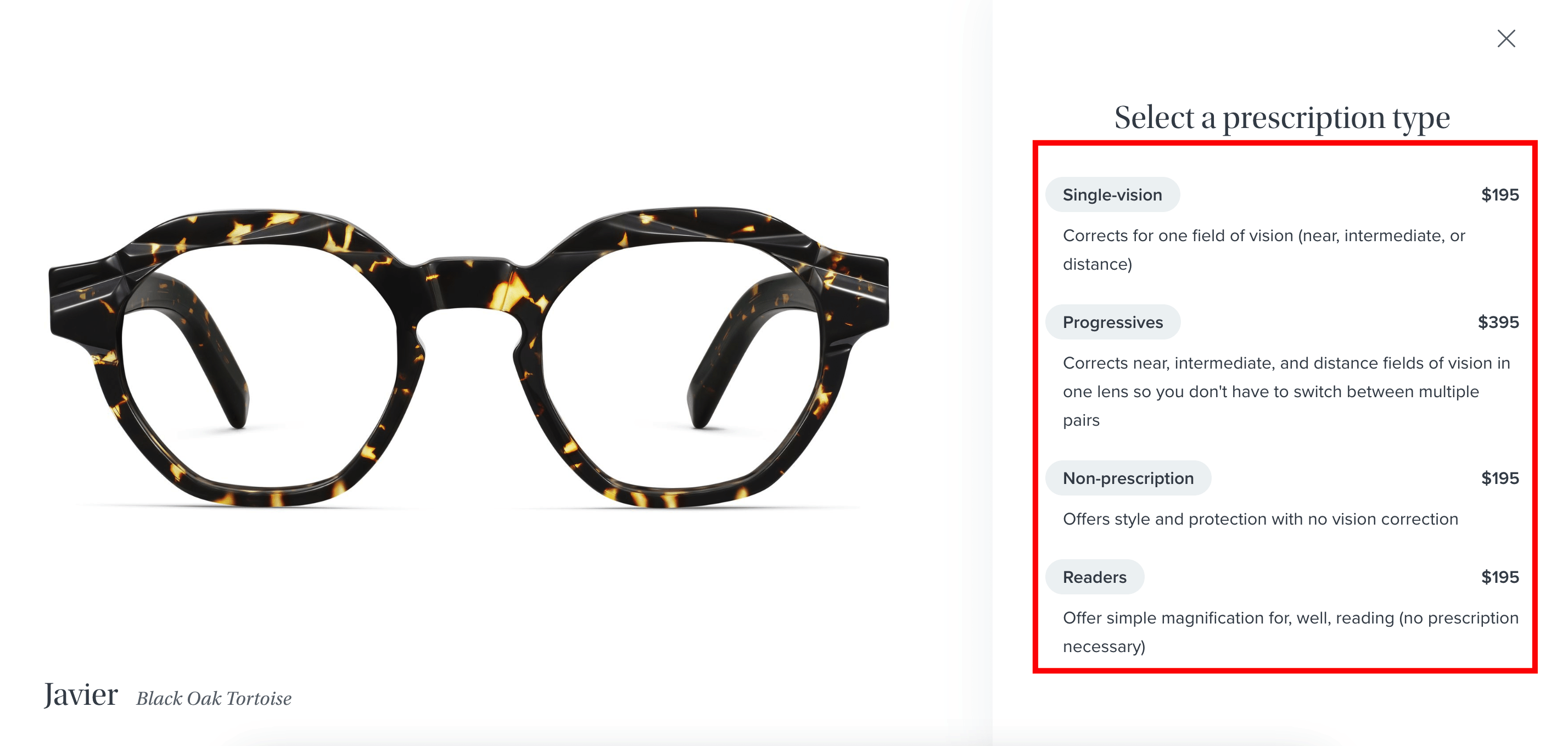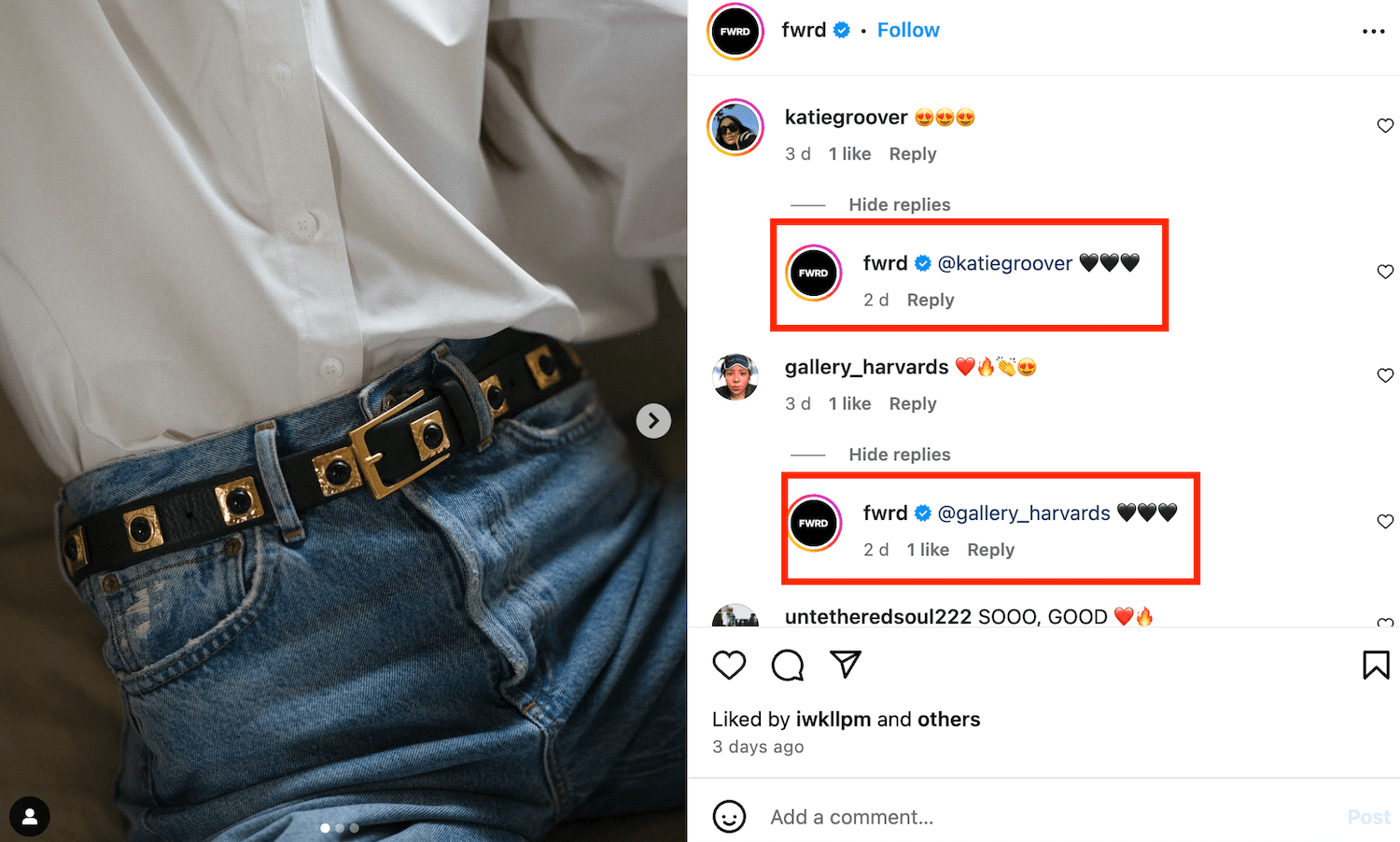
Marketing
Why are reviews important for your retail store?
Reviews guide customers as they make choices, foster trust, and can even give sales a significant lift. If your clothing...
Tracking Customer Lifetime Value (CLV): How to Retain High-Value Buyers?
eCommerce

A store’s customer lifetime value is a crucial insight into the long-term profitability of their business relationships.
By calculating CLV, you're not only assessing the immediate worth of a customer but also their potential future contributions to your store’s revenue.
The data from the metric allows you to focus your efforts more effectively and invest in relationships that offer the greatest return over time.
Today, we will not only clarify why CLV is pivotal for business success but also provide actionable strategies to cultivate high-value buyers and proven methods to improve CLV.
Check out: Most important dropshipping KPIs
Customer lifetime value (CLV) is an essential metric that enables businesses to understand the total worth a customer contributes throughout their entire relationship with the company.
CLV is crucial for shifting a business’s focus from short-term transactions to cultivating lasting relationships.
By analyzing historical purchasing patterns—how frequently customers buy, their typical shopping behavior, and spending habits—companies can pinpoint high-value customers, project future earnings, and tailor marketing strategies accordingly.
Calculating customer lifetime value might sound tricky, but it’s all about understanding what each customer brings to your business over time.
To measure CLV, apply the following formula:
CLV = (Average order value) x (Purchase frequency) x (Average customer lifespan)
Here’s a breakdown of what each component represents and how you can calculate them:
1. Average order value:
2. Purchase frequency:
3. Average customer lifespan:
Combining these figures—$50 x 3 x 5—yields a CLV of $750, indicating each customer’s value over time.
Understanding the importance of customer lifetime value is fundamental for businesses aiming to boost their profitability.
Here’s how calculating your store’s CLV can help your business endeavors:
Personalization is transforming how businesses enhance customer lifetime value (CLV) by leveraging customer data to customize experiences, recommendations, and communications.
This approach goes beyond making customers feel valued; it strategically fosters repeat business and builds loyalty.
For instance, targeted emails that align with a customer’s previous purchases or browsing habits can dramatically boost engagement. For instance, if a customer buys running shoes, follow up with an email showcasing complementary products like sports socks or breathable jackets.
Similarly, by employing data analytics, you can further personalize the online shopping experience by suggesting items based on past interactions, much like Amazon’s “… products customers bought together …” feature.

These tailored strategies ensure that customers see the most relevant products, significantly increasing the chances of purchase and customer retention.
Loyalty programs are a powerhouse tactic for boosting CLV by rewarding repeat customers with perks like points, discounts, and special offers.
The benefits are clear:
Loyalty programs do more than encourage frequent purchases, however; they make customers feel valued and special, which is essential for building lasting brand loyalty.
Take as an example the rewards program from the online boutique LIVELY, which has effectively harnessed the power of a loyalty program.
Upon signing up, customers receive 100 points, equivalent to a $10 discount, kicking off their engagement with immediate value. The opportunities to earn more points are abundant, including actions like leaving a review, following the boutique’s social media accounts, subscribing to their newsletter, or making additional purchases.

Based on their spending levels, customers can qualify for one of three membership tiers, each offering benefits like early access to sales and free shipping.
By going above and beyond to resolve issues quickly and exceed expectations, you foster brand loyalty and increase the likelihood of customers sticking around.
Offering round-the-clock support ensures that customers can reach you whenever they need help, which is crucial in retaining high-value buyers.
Providing multiple communication channels like chat, email, and phone meets customer preferences and makes it easier for them to get the help they need.
Proactive problem resolution, using data analytics to predict and address potential issues before they arise, shows that you care about your customers’ experience.
Small gestures, such as thank-you or follow-up emails after resolving an issue, can leave a lasting positive impression.
Strategical upselling and cross-selling are another pair of powerful tactics that can significantly boost the overall value each customer contributes throughout their relationship with your business.
By implementing upselling, you encourage customers to consider a higher-end product than initially planned. For example, if a customer selects a basic polyester t-shirt, you could suggest an upgrade to a more expensive cotton t-shirt for a modest price increase.

Similarly, cross-selling involves recommending complementary products that enhance the main purchase. For instance, when a customer buys a dress, proposing additional accessories like earrings, bags, or shoes during the checkout process not only enriches their shopping experience but also increases the average order value.

Listening and responding to customer opinions through various feedback mechanisms can lead to significant improvements in your store’s revenue.
This could be through post-purchase surveys included in follow-up emails, feedback forms readily available on your website, or social media polls.
All of these methods can help you gather direct insights from customers, showing them that their feedback is valued and considered in the decision-making process.
Engaging with your audience on social media platforms like Instagram, Facebook, and X, sharing user-generated content, responding to comments, and organizing interactive activities such as Q&A sessions can foster loyalty, and with that more sales.

Online forums or dedicated spaces on your website allow customers to connect and discuss your products, further enhancing community feeling.
Moreover, hosting in-person events like product launches and workshops provides opportunities for direct interaction, which can solidify customer relationships and encourage long-term loyalty.
When customers trust the quality of what you offer, they are more inclined to return for repeat purchases.
For example, if your store specializes in selling clothing and accessories, providing items from respected designer brands instead of cheaper brands can elevate your store’s reputation and attract a more discerning clientele who value quality and are willing to spend more.
Maintaining high standards not only helps in retaining customers but also fosters long-term loyalty.
Additionally, happy customers often become brand advocates. Their referrals can naturally expand your customer base and increase sales without the need for direct marketing efforts.
Using insights from measuring CLV enables you to refine your marketing strategies in a way that resonates more effectively with high-value customers.
This targeted approach not only maximizes the return on your marketing investments but also boosts customer satisfaction by delivering more personalized experiences.
It can also help in transforming one-time buyers into long-term customers who are more likely to advocate for your brand and contribute to a positive word-of-mouth effect.
As you continue to refine these strategies based on CLV, you effectively build a business that is as resilient as it is customer-centric, ensuring a brighter future for both your brand and your customers.
What is dropshipping?